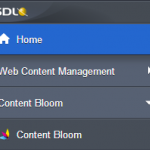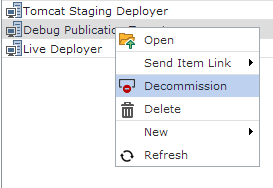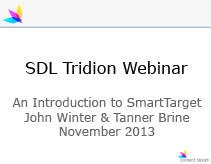Just a quick blog note on the ‘recent’ update by Flickr. Essentially they’ve removed support for http:// and only support https:// requests to the Flickr API – see the note from Flickr Code.
We utilised the excellent ECL Flickr Provider posted by Bart Koopman on SDL Tridion World and after making a tiny tweak all was at peace in the ECL Flickr world!
Simply update the http:// reference to https:// in the api\flickr.cs class, rebuild, deploy and view until your heart is content!
Special thanks to Harald Hoffelinck for working through this!




 Now you might have heard that I love WebForms and advocate it everywhere I can (which isn’t necessarily true, but let’s say it is for the sake of argument). So why, you may ask, is Bart writing a provider to an online forms solution?
Now you might have heard that I love WebForms and advocate it everywhere I can (which isn’t necessarily true, but let’s say it is for the sake of argument). So why, you may ask, is Bart writing a provider to an online forms solution? With the release of SDL Tridion 2013 SP1, we get a lot of new functionality. One of the interesting features I found was the ability to decommission a Publication Target. This feature is added to the Core Service, and currently not directly available from the UI. Which sounded like a good exercise to make a UI extension, with which you can call this new method.
With the release of SDL Tridion 2013 SP1, we get a lot of new functionality. One of the interesting features I found was the ability to decommission a Publication Target. This feature is added to the Core Service, and currently not directly available from the UI. Which sounded like a good exercise to make a UI extension, with which you can call this new method.